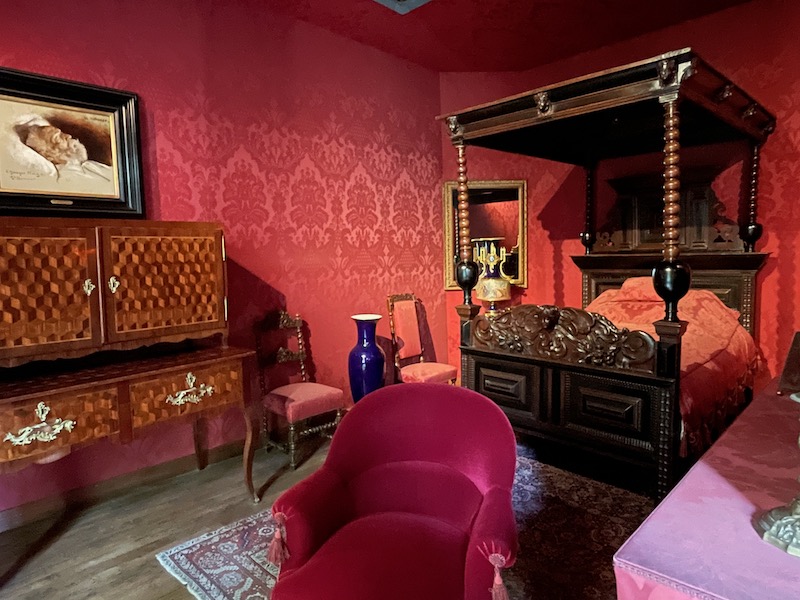Our Blog - Paris Weekend - May 2025 - The Victor Hugo House Museum Paris
Even though we lived in Paris for 2 1/2 years, there are still museums that we have never been to, like the Vitor Hugo House museum. The museum is housed in the apartment that Victor Hugo rented from 1832 to 1848, located on the 2nd floor of 6 Place des Vosges (the building with the flags, center-left of the picture). Most of the furniture here wasn't actually his (there are some exceptions) but the museum takes you through his life with objects and works of art that he either created himself, owned, or are related to his writings.
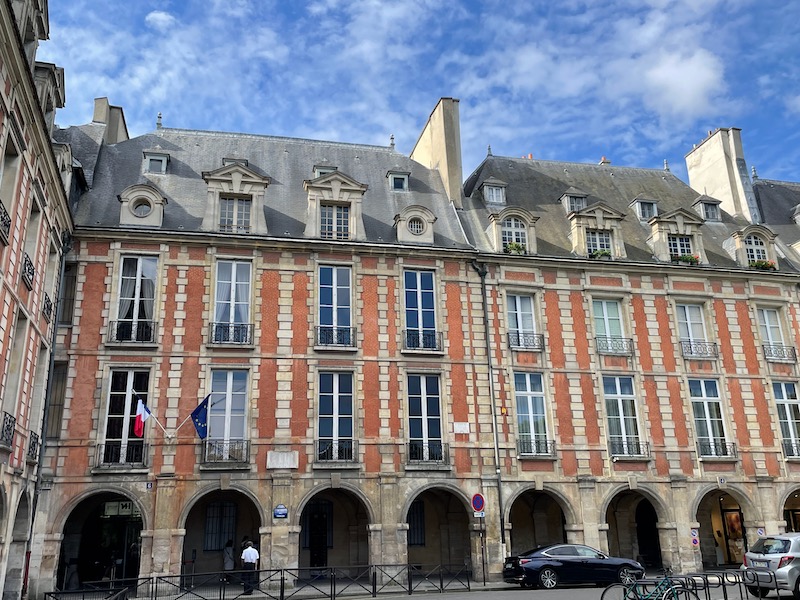
While not specifically related to Victor Hugo, there were some very interesting stained-glass mirrors on the stairway up and I grabbed a picture of one of them.
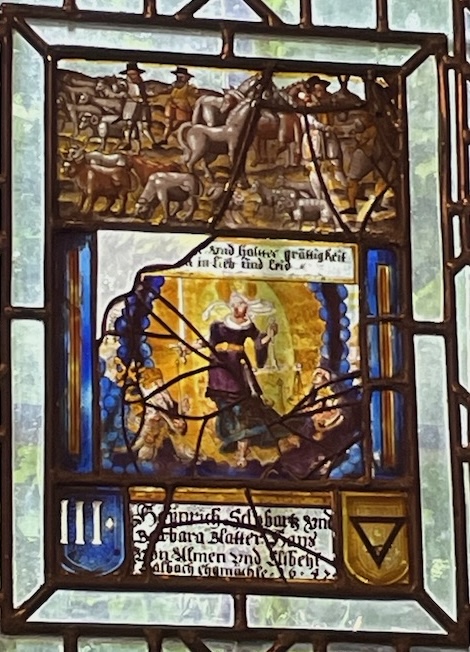
The way they have the rooms split up "Before Exile", "During Exile", and "After Exile". The Red Drawing Room is part of the "Before Exile" section. With the walls covered with red damask, this drawing room conjures the atmosphere of the apartment where, in Victor Hugo’s time, the great minds of literature, art and politics came together around the leader of the Romantic Movement. The paintings illustrate works that were written during this period before his exile.


In addition to being an author, he was nominated by King Lous-Philippe to the Upper Chamber of Parliament in 1845, where he spoke against the death penalty and social injustice, and in favor of freedom of the press and self-government for Poland. In 1848, he was elected to the National Assembly as a conservative although he quickly broke with the conservatives on poverty, universal suffrage, and the death penalty. When Louis Napoleon (Napoleon III) seized power in 1851, he and his family went into exile from 1855 to 1870.
The next room, called the Chinese Room, reveals his talent as an “interior designer” through the décor and furniture that Hugo designed for the house of his mistress, Juliette Drouet's house. The Chinese-style panels were designed by Hugo in 1863-1864 and painted with the help of a local craftsman.
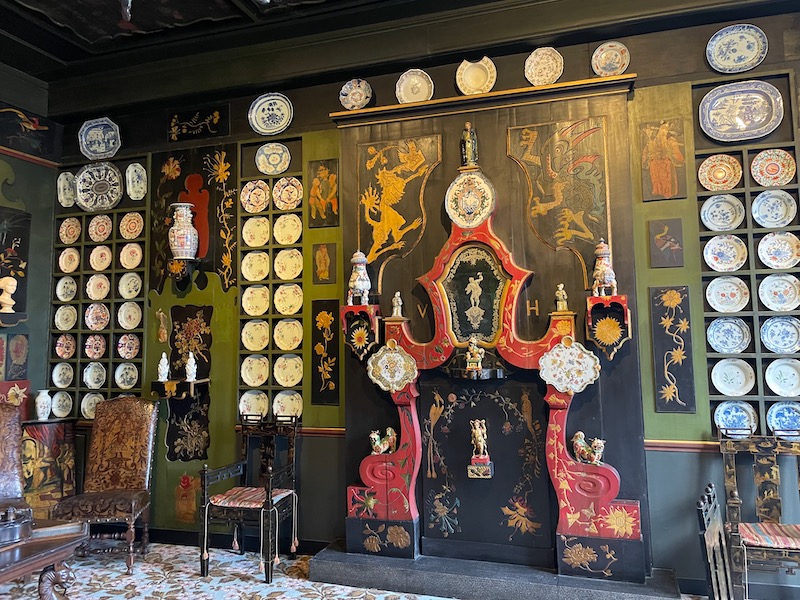
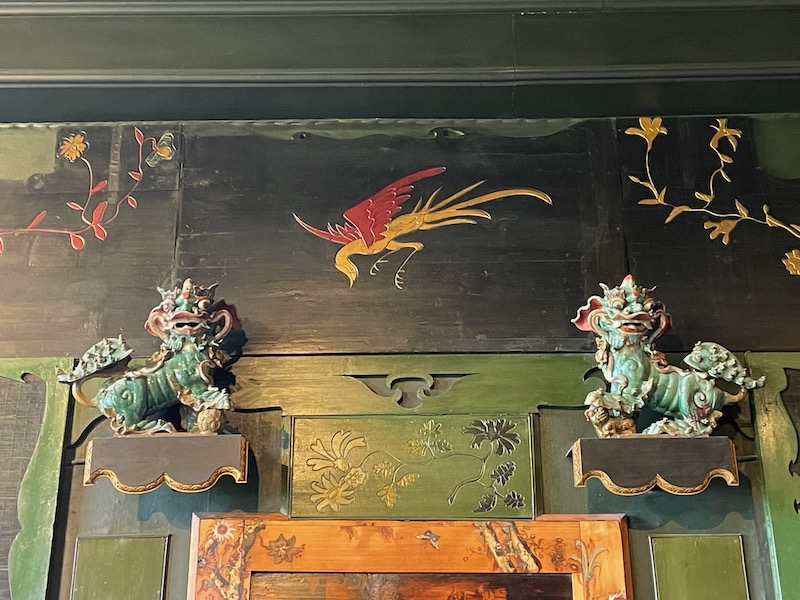

While called the "Dining Room", this room show his fondness for Gothic furniture. He would buy old chests around Guernsey, dismantle them, and reassemble them to suit his imagination. So a door might become a table, chests became sideboards or benches, and table legs became columns to give the furniture a Gothic look.
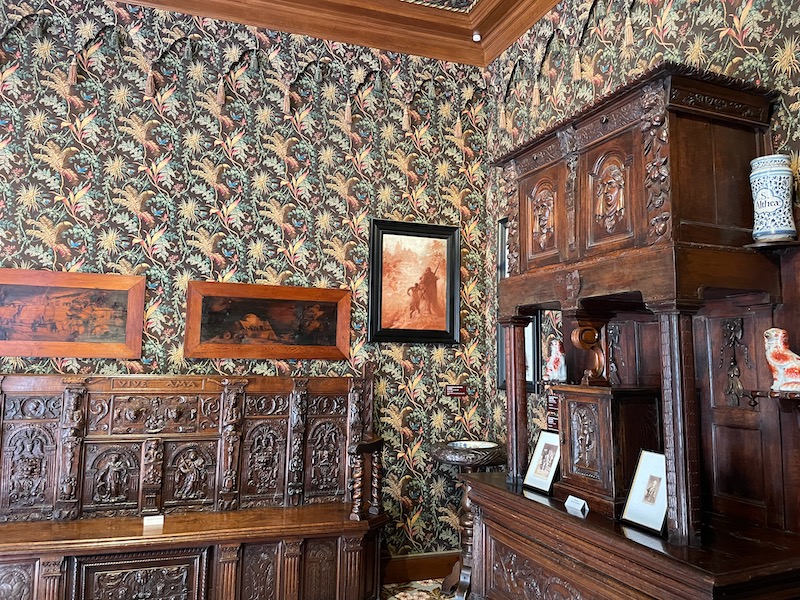


In 1859, Napoleon III granted amnesty to all political but Hugo declined, as it meant he would have to curtail his criticisms of the government. It was only in 1870 after Napoleon III fell from power that Hugo finally returned to France, where he was promptly elected to the National Assembly and the Senate.
The green Study includes the standing desk that was used by Hugo towards the end of his life. Some of the artwork shows the affection that he had for his grandchildren after the death of his sons (and his writing "The Art of Being a Grandfather"). This was also a period of illness and mourning. Within a brief period, he suffered a mild stroke, his daughter Adèle was interned in an insane asylum, his wife, mistress, and two sons all died.
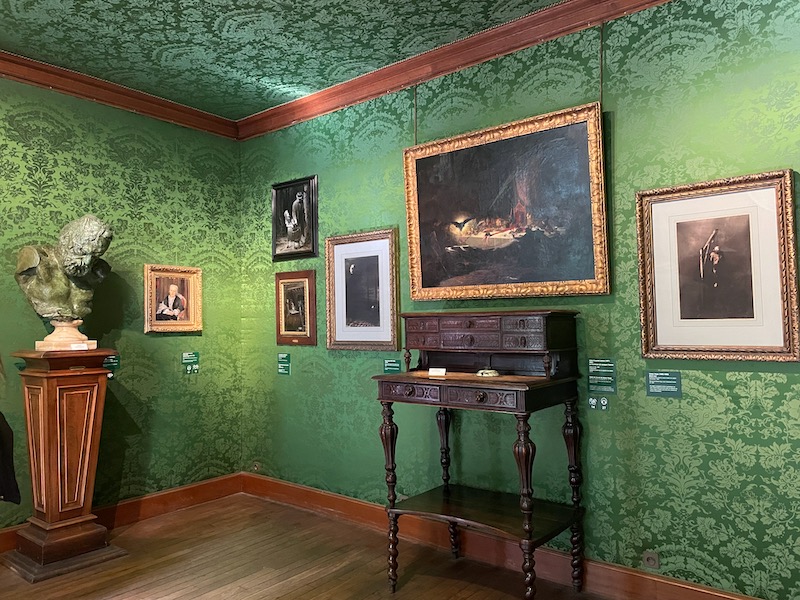
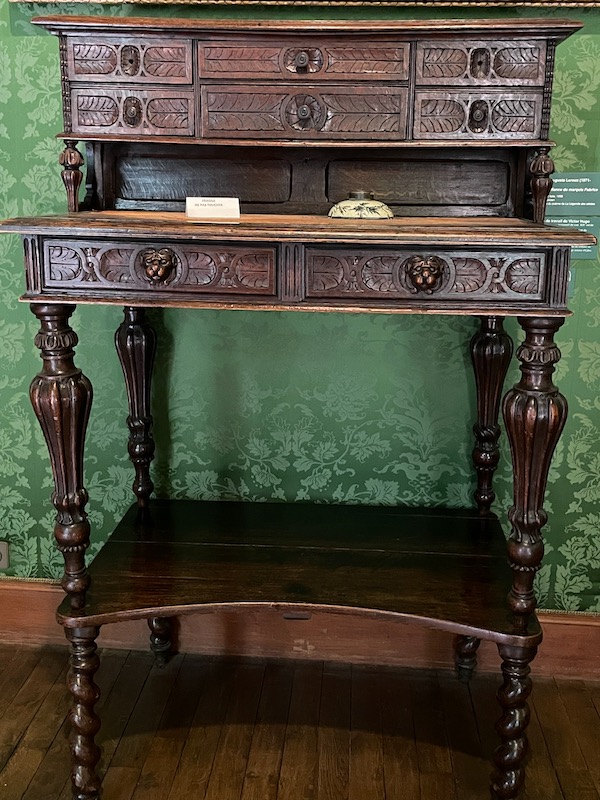
He died in May 1885, and thanks to his grandchildren, Victor Hugo's final bedroom has been faithfully reconstructed. This furniture is completed with the Sèvres vases that the government gave him for his 79th and 80th birthdays, as well as with several mourning portraits. It was in this bed that Victor Hugo died and where his body lay in state before his state funeral. You can see one painting showing Victor Hugo on his death bed on the wall.

